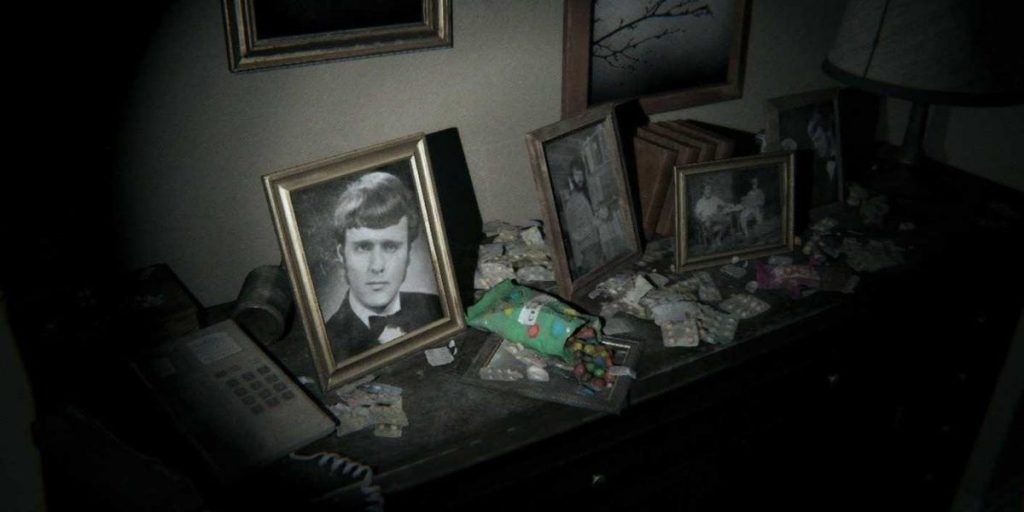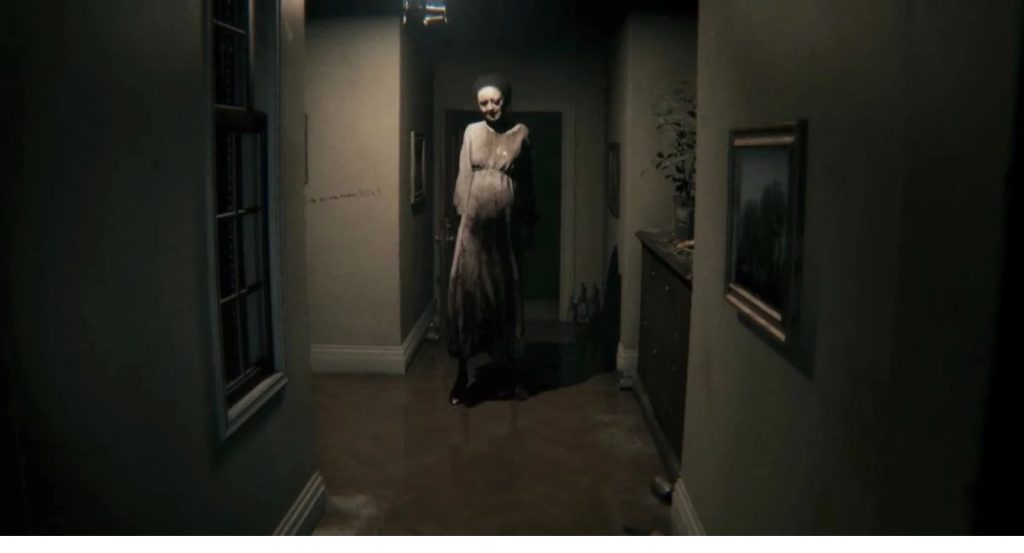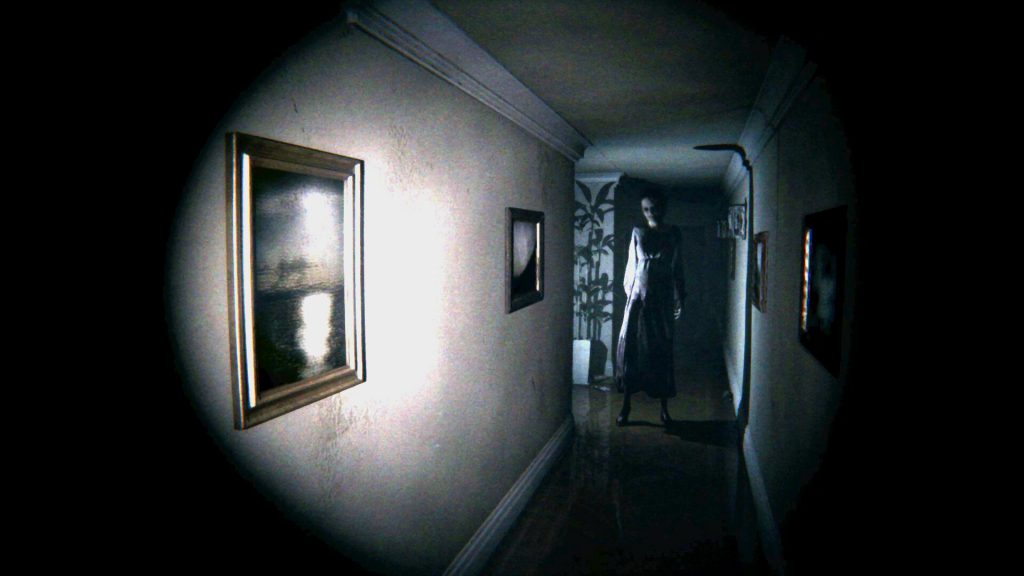Kojima is a mastermind when it comes to studying instincts in people. He demonstrates this all through out his legacy in the Metal Gear series with characters explaining tendencies, or boss battles that play into emotions. Death Stranding further exploited this, but one game….or demo… let Kojima break the 4th wall and literally play with real life. What made P.T. so great?
P.T. the iconic Silent Hills demo that has been removed from PlayStation ever since Kojima left Konami, and then never heard of again. The demo that has spawned countless endless corridor style horror games. The demo that had Silent Hill fans finally excited that something great was around the corner. But what made it scary? Why has it not been properly duplicated? And what the hell is wrong with Konami?

Anticipating….nothing.
Unlike most horror games, P.T. wasn’t purely about jumpscares. In fact the jumpscares were so infrequent in P.T. that is part of what helped. You know the game is “supposed” to be scary, and it does a good job of introducing this with an early scare. However it lets that seep in and doesn’t scare you again for some time. Meanwhile there are objects and in game clues to suggest something is behind you, or sudden sounds that will have you startled at nothing. In other words the game gets you real comfortable with nothing happening, and then it hits you with a scare. The timing is everything here.
But along with the tricks is the fact you are pretty helpless in all regards. There are a lot of games now that will throw you into a haunted room with no weapons, it’s an ideal situation to heighten fear. I’ve said it before, having a gun or weapon at your disposal lowers horror elements a lot since you have some sense of protection. P.T. not only removes the weapon from your hands, but it also throws you into a house with absolutely no direction at all. You have no idea what the controls are, you have no idea what your overall objective is, and you have no idea how to escape if something does happen to pop out. Add in the fact that your character moves rather slowly and awkwardly and even running doesn’t feel like a safe option.
The game had no title screen, no introduction, nothing. The very fact it was a demo also had us questioning if the endless hallway loop was even progressing the story at all. The game also forces you to look fear in the eye in order to advance. If a door slowly creeps open just enough for you to peak inside, you might try to avoid it. Perhaps go to the other side of the house, look for something else to do, but at the end of the day you won’t progress further unless you peek inside. You basically need to put yourself in harms way in order to move forward.

The scary life-like scenery
One of the strongest aspects of P.T. is the fact that you are thrown into a familiar house in a hallway, which is very generic on purpose. A lot of people can relate to this house because the walls are plain, there is a phone, some photos, and very basic stuff. This is a great example of how Kojima utilized the uncanny valley effect. This is a term used for a human-like robotic object invoking emotions in us as a human. The effect is utilized for robots that resemble humans, but the effect is drops dramatically when the robot can’t move like a real human.
This effect is utilized in the game because everything feels familiar and life-like. Then the biggest aspect of the game is added in, a crying baby. Instinctively a crying baby encourages a reaction from us as humans, it causes distress in us. It’s a simple sound effect that totally throws your mind into a loop, it makes you worry, it causes fear. Finding the fetus and having it be a part of the story just further exploits all these emotions. It was just an overall creep factor that games didn’t really dare to dive into.
Lastly Lisa is scary as can be, and her demonic way of killing you is nightmare fuel by itself. However the scary part is when she is clearly lurking within your view. She could be standing up on the balcony above you, or at the end of the hallway in front of you. Due to the corridor style level you have no choice but to walk closer to her, and again you have no idea what will come of that decision, but you do know you have no way to protect yourself from whatever happens. The fact that you know she is lurking and can be anywhere is basically the game telling you to stop looking around or you’ll be scared, but you have no choice. And here the game uses uncanny valley in a new respect. Instead of making Lisa totally human-like, you can tell she isn’t necessarily human. She has an odd look to her, she moves in unnatural ways, and the fact she steps on the line here makes you totally uncomfortable.

The fact we have almost no idea what the f— is happening.
P.T. was a teaser, it’s in the name after all, so there wasn’t too much behind it. It was an idea for an overall game, a prequel of sorts that led into something much larger. We were left with questions that have never been answered. However this helps the feat factor because we begin to become curious on what everything means. The damn clock that had us confused for so long becomes a big part of the story. The fetus begins to have meaning. We slowly start to understand after several loops on why Lisa is haunting us, and what we are becoming. It’s this slow gradual release of information that makes things spookier, and the more you understand it the quicker the haunts become.
The cryptic nature of the demo also allows your brain to start exploring ideas, and considering this is a dark game then it’s only obvious your brain starts piecing together darker thoughts. These gaps in explanation combined with frightening imagery and scary events, allows your brain to start thinking that there’s potentially more danger present than there really is. In one way you can combine this with the previous scenery aspect as well. P.T. doesn’t really explain a majority of the sound effects in the game. You could hear something quite clearly but have no idea where it came from or what it means.
Again the game also treads on real life aspects as well. During the demo we hear a radio broadcast that talks about murders of families, which is a real life situation called familicide where a person kills their own family. The radio also talks about trends such as losing their job, expenses, and life being overall really hard. It draws you in to relate to the circumstances, then creates the dark atmospheric thought provoking dialogue right after. Kojima does a good job of drawing in real life situations in games, so a lot of the horror for P.T. was actually drawn from historical literature in Japanese culture.
Overall P.T. is a rather masterful creation in the horror genre and is no wonder why it became such a successful teaser for Silent Hill. What could have come if these ideas were further exploited may never be known, and several developers have tried (mostly unsuccessfully) to duplicate the horror of P.T. but there is just something always missing. The closest I’ve come personally has been the game MADiSON, which covers basically the same aspects. What do you think made P.T. so fascinating?

